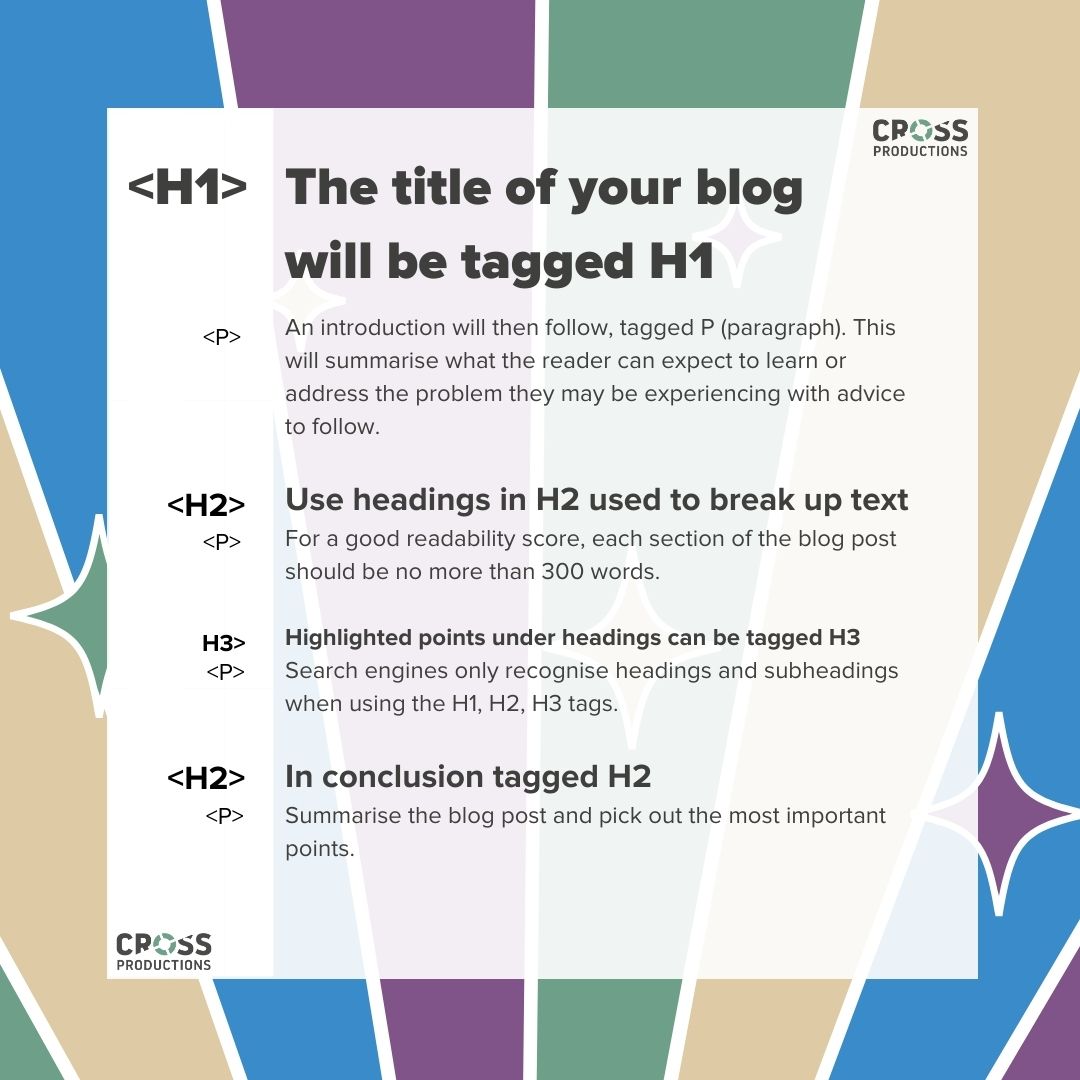Mastering SEO: A comprehensive guide to content writing
Mastering SEO can help your potential customers find you.
In the digital age, creating high-quality content is paramount for any online presence. However, even the most exceptional content can go unnoticed without effective Search Engine Optimisation (SEO) strategies.
In this guide, we’ll delve into the intricacies of understanding SEO in content writing, providing you with practical tips to boost your content’s visibility and engagement.
I. The fundamentals of SEO
A. What is SEO?
SEO is the process of enhancing your online content to increase its visibility on search engine result pages (SERPs). It involves various techniques that help search engines understand and rank your content based on its relevance to user queries.
B. The importance of keywords
Keywords are the foundation of mastering SEO. They are the terms and phrases users enter into search engines when looking for information. By conducting keyword research, content writers can identify high-impact keywords to integrate naturally into their content, ensuring it aligns with user intent.
II. On-page optimisation techniques
A. Title tags and meta descriptions
Title tags and meta descriptions are HTML elements that provide concise summaries of a page’s content. Crafting compelling titles and descriptions not only improves click-through rates but also helps search engines understand the topic of your content.
B. Header tags and structured content
Header tags (H1, H2, H3, etc.) organise content hierarchically, making it easier for both readers and search engines to understand the structure of your page. Utilise them to break down content into digestible sections, incorporating relevant keywords where appropriate.

C. Quality content creation
Creating high-quality, informative, and engaging content is the cornerstone of successful SEO. Content that addresses user queries comprehensively and provides value is more likely to rank higher on SERPs and attract organic traffic.
III. User experience and SEO
A. Page load speed
Page speed is a crucial factor in SEO, as slow-loading pages can negatively impact user experience and increase bounce rates. Optimise images, reduce server response times, and leverage browser caching to improve your site’s loading speed.
B. Mobile-friendly design
With the increasing use of mobile devices, having a mobile-friendly website is imperative for SEO. Responsive design ensures that your content is accessible and user-friendly across various screen sizes and devices.
C. User engagement metrics
Search engines monitor user behaviour to assess the quality and relevance of content. Metrics like bounce rate, time on page, and click-through rate (CTR) are key indicators of user engagement. Creating compelling content that keeps users on your page can positively influence your SEO efforts.
D. Readability and User-Friendly Content
It’s just as important to ensure your article is easy for the user to read as it is to tick off SEO boxes for search engine bots. You can do this by:
- Clear and Concise Writing
Incorporate a clear and concise writing style to ensure that users can easily understand the content. Avoid jargon and complex language that may confuse or alienate readers. Instead, opt for straightforward explanations and well-structured sentences.
- Use of Subheadings
Subheadings break up content into manageable sections, making it easier for readers to scan and find the information they need. Additionally, search engines use subheadings to better understand the context and relevance of different sections of your content.
- Bullet Points and Lists
Bullet points and lists are effective for presenting information in a scannable format. They allow readers to quickly grasp key points without having to sift through lengthy paragraphs. This improves user experience and can lead to higher engagement rates.
- Incorporate Visual Elements
Images, infographics, and videos can enhance the visual appeal of your content and provide additional context. Ensure that visual elements are relevant to the content and are optimised for fast loading times.
- Maintain Consistent Tone and Voice
Consistency in tone and voice helps establish a cohesive brand identity and builds trust with your audience. Whether your content is formal, conversational, or technical, maintaining a consistent style contributes to a positive user experience.
- Test Readability Scores
Tools like the Flesch-Kincaid readability tests can provide insights into the readability level of your content. Aim for a readability score that aligns with your target audience’s comprehension level.
- Avoid Keyword Stuffing
While keywords are essential for mastering SEO, overusing them can negatively impact readability. Ensure that keywords are integrated naturally and flow seamlessly within the content.
By prioritising readability, you create content that not only appeals to readers but also aligns with search engine algorithms, ultimately enhancing your SEO efforts.
IV. Off-page optimisation strategies
A. Backlinks
Backlinks are links from other websites that point to your content. They serve as a vote of confidence in your content’s quality and relevance. Focus on acquiring high-quality backlinks from authoritative sources through guest posting, outreach, and content partnerships.
B. Social signals
Social media signals, such as likes, shares, and comments, can indirectly impact SEO. While they do not directly influence search rankings, they can increase the visibility of your content and potentially lead to more backlinks.
V. SEO tools and analytics
A. Keyword research tools
Tools like Google Keyword Planner, SEMrush, and Moz Keyword Explorer can help identify relevant keywords and provide insights into their search volume, competition, and potential traffic.
B. Analytics platforms
Utilise platforms like Google Analytics to track the performance of your content. Monitor metrics such as organic traffic, bounce rate, and conversion rate to measure the effectiveness of your SEO efforts.
Conclusion
Mastering SEO in content writing is a multifaceted endeavour that requires a combination of technical know-how, creativity, and a deep understanding of user intent.
By implementing the strategies outlined in this guide, you can enhance the visibility and impact of your content in the digital landscape.
Remember, SEO is an ongoing process, so stay updated with industry trends and continuously refine your approach for sustained success.





